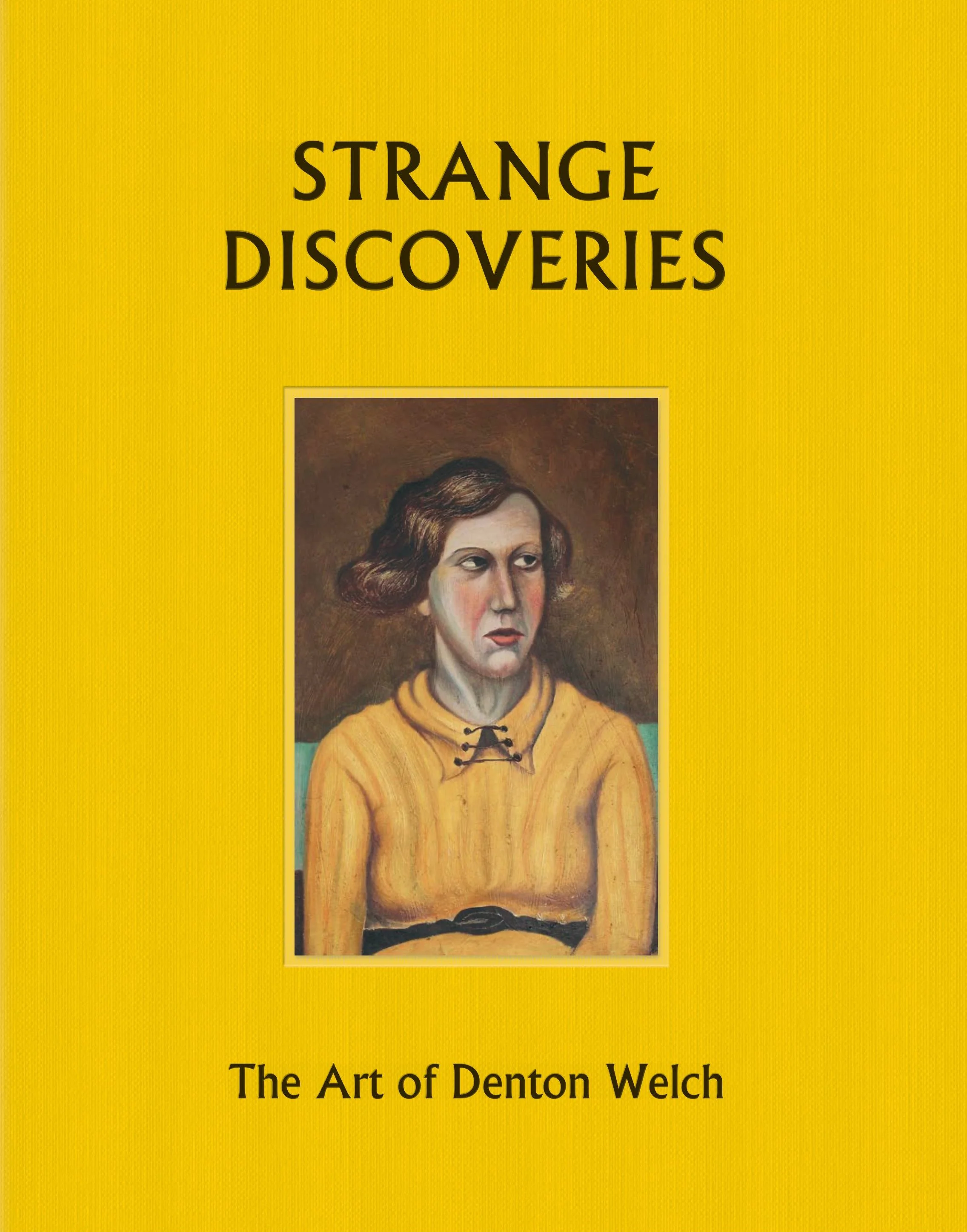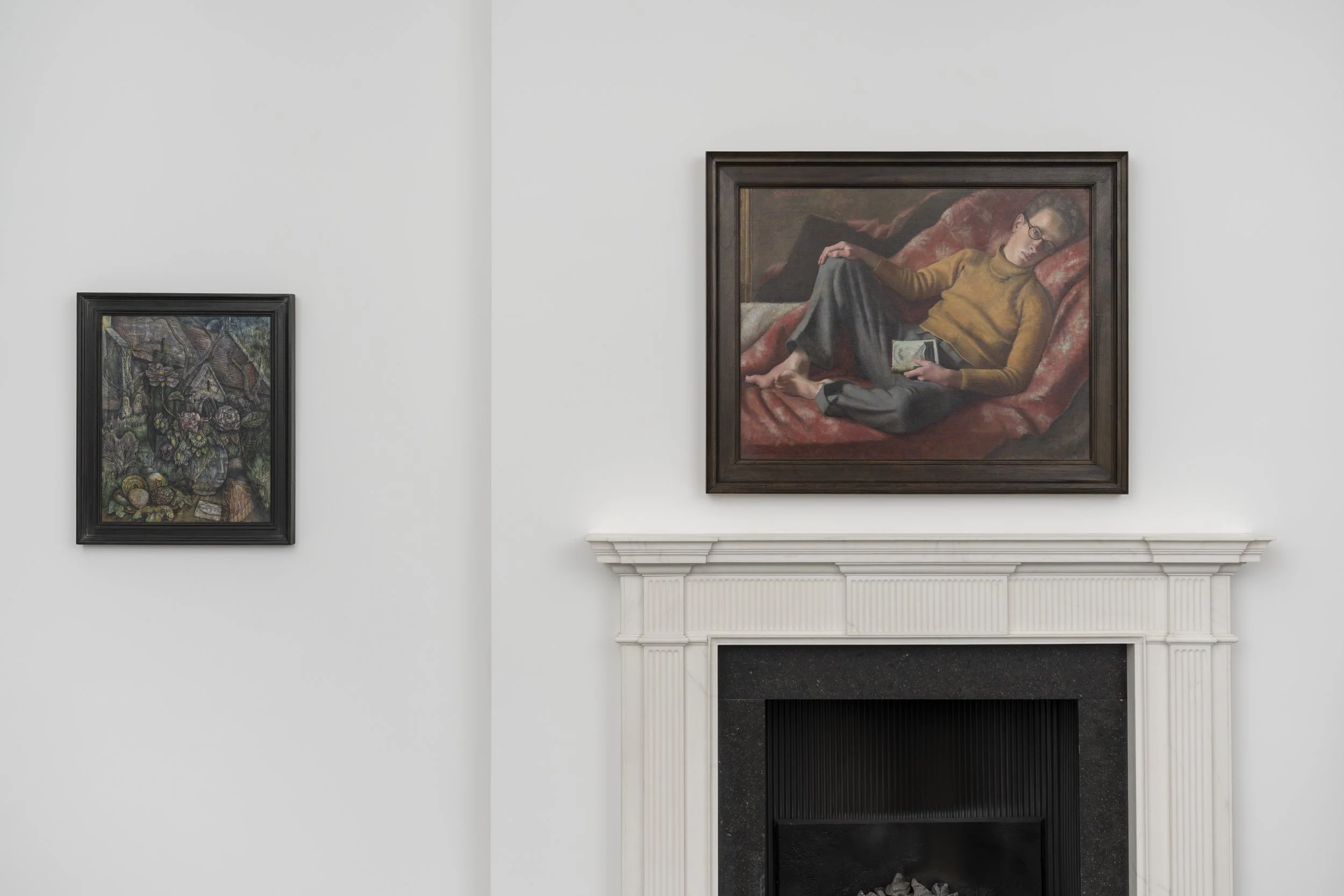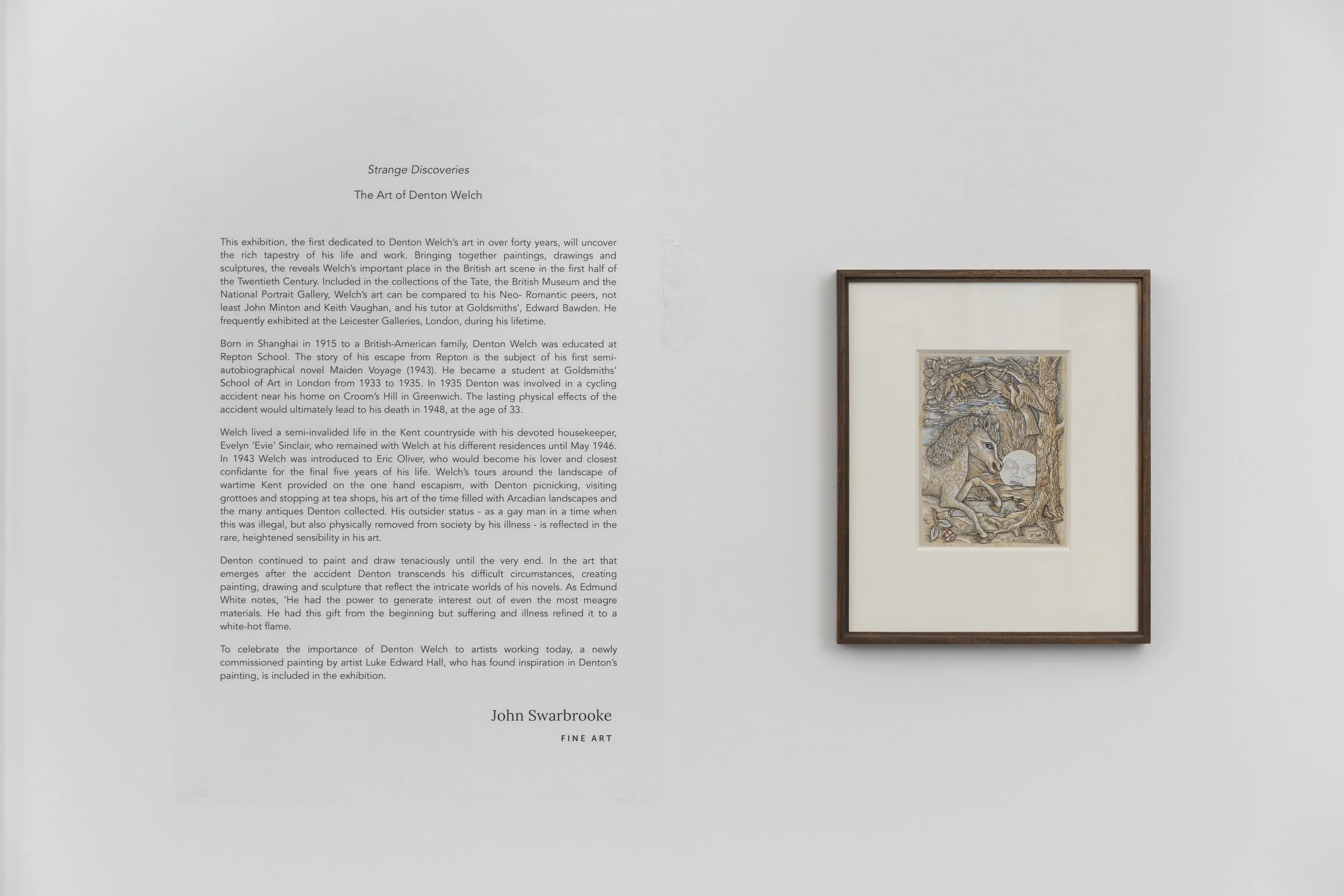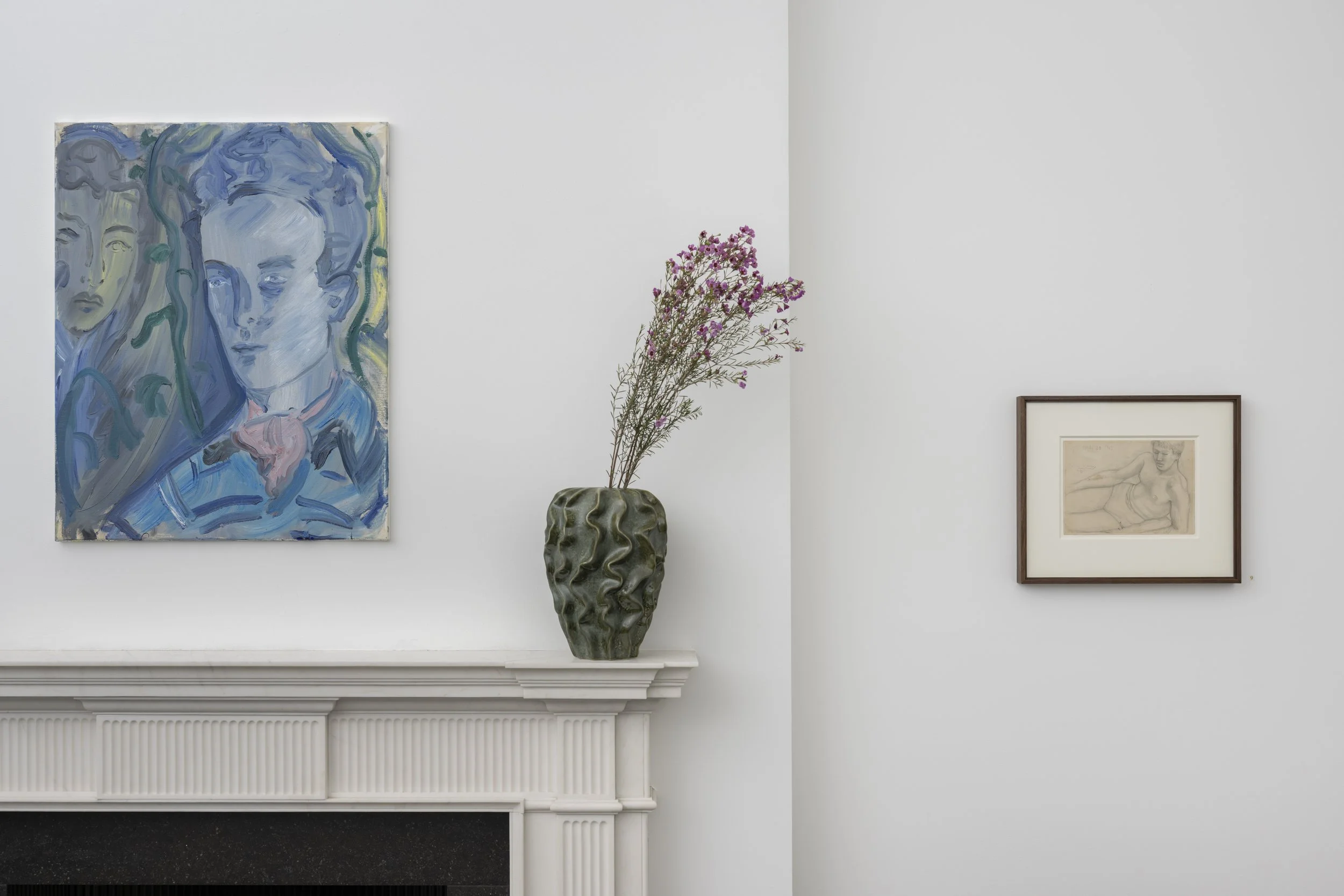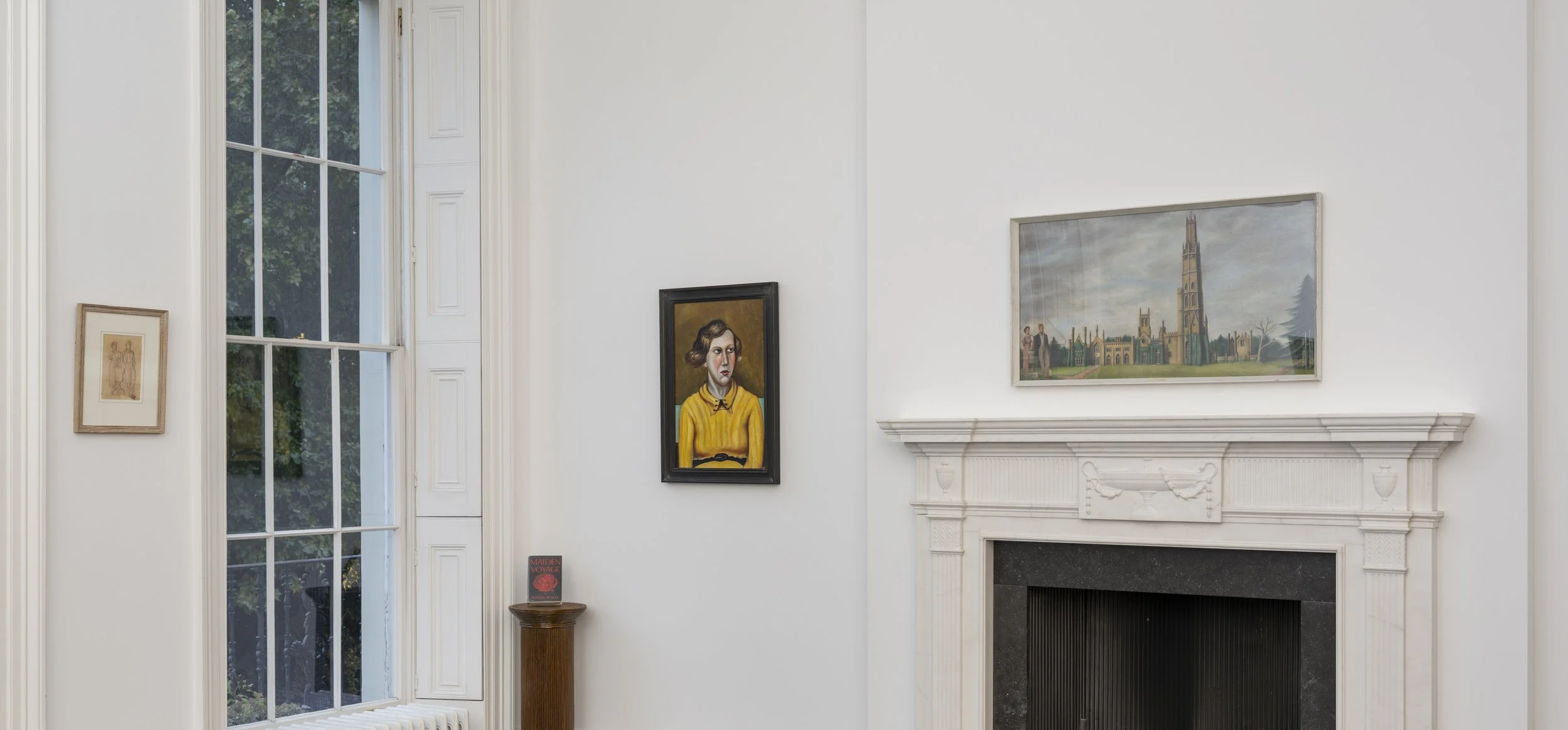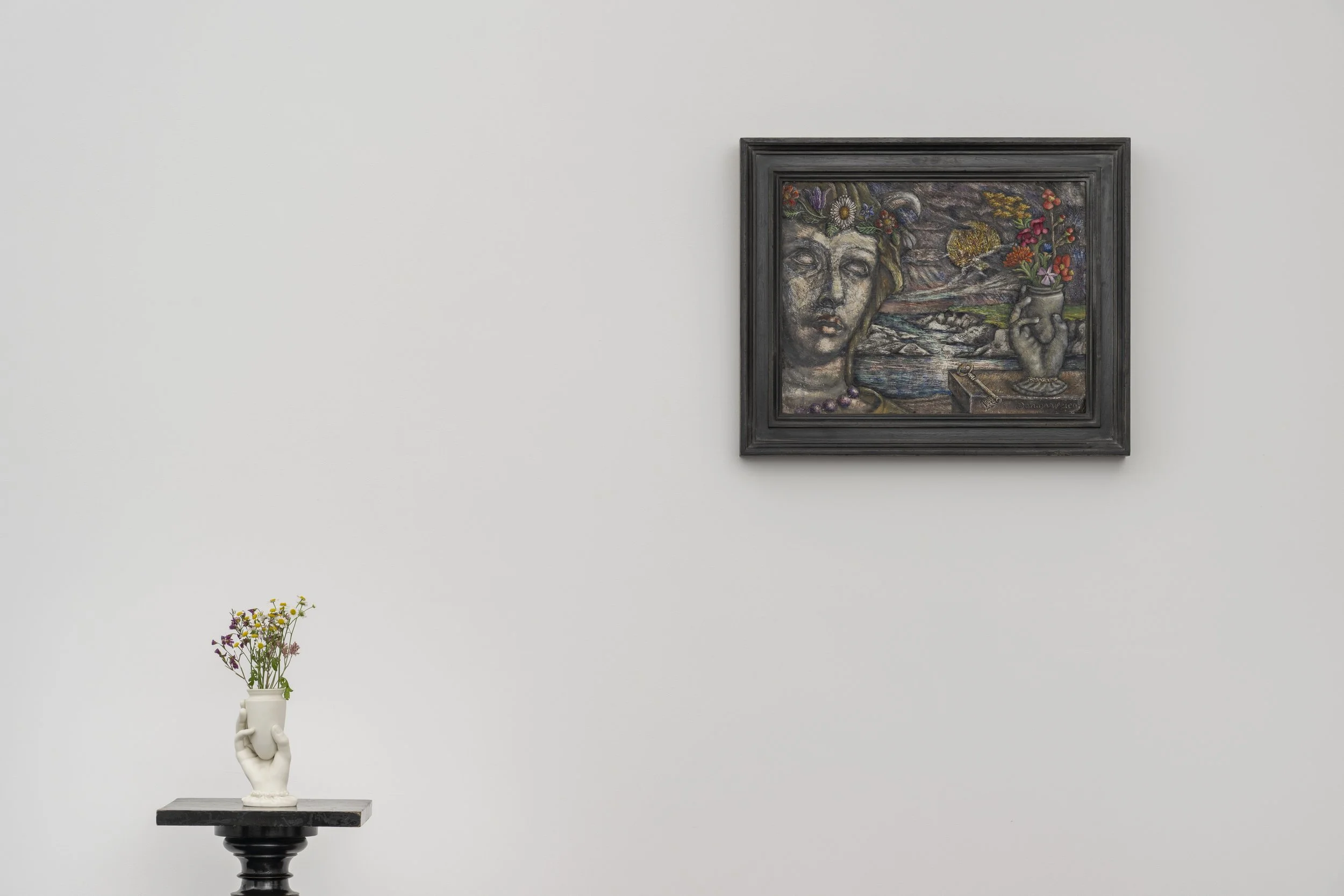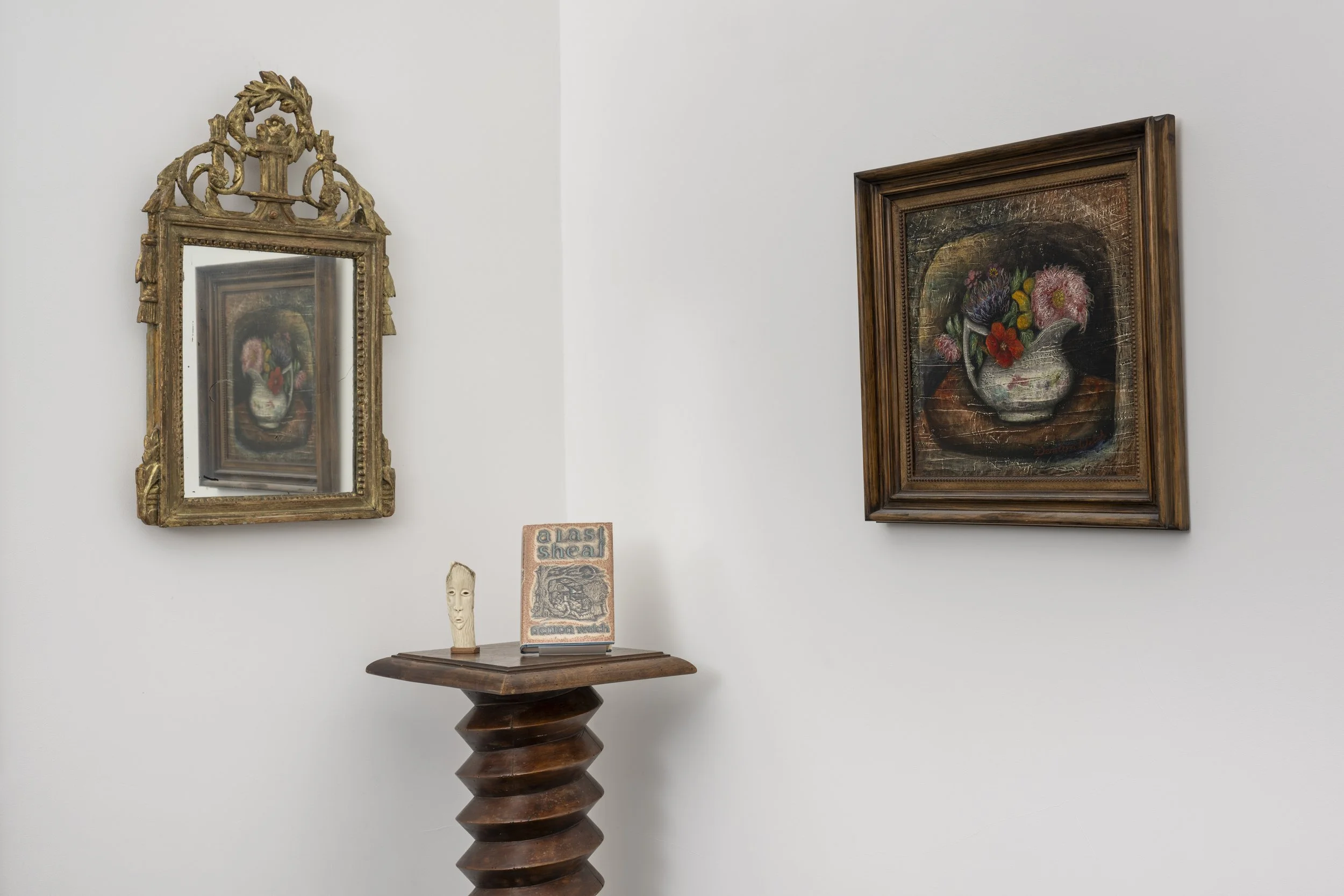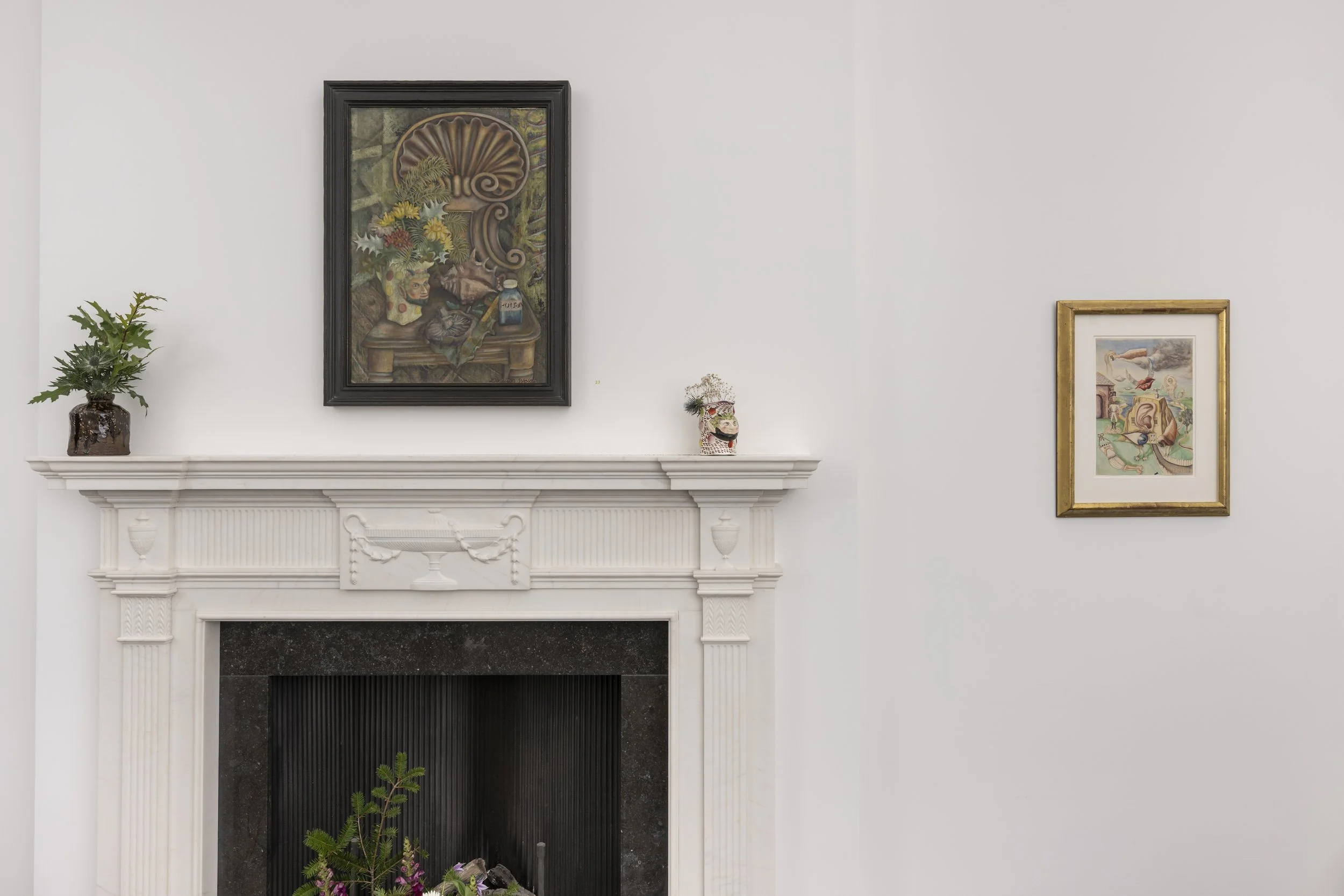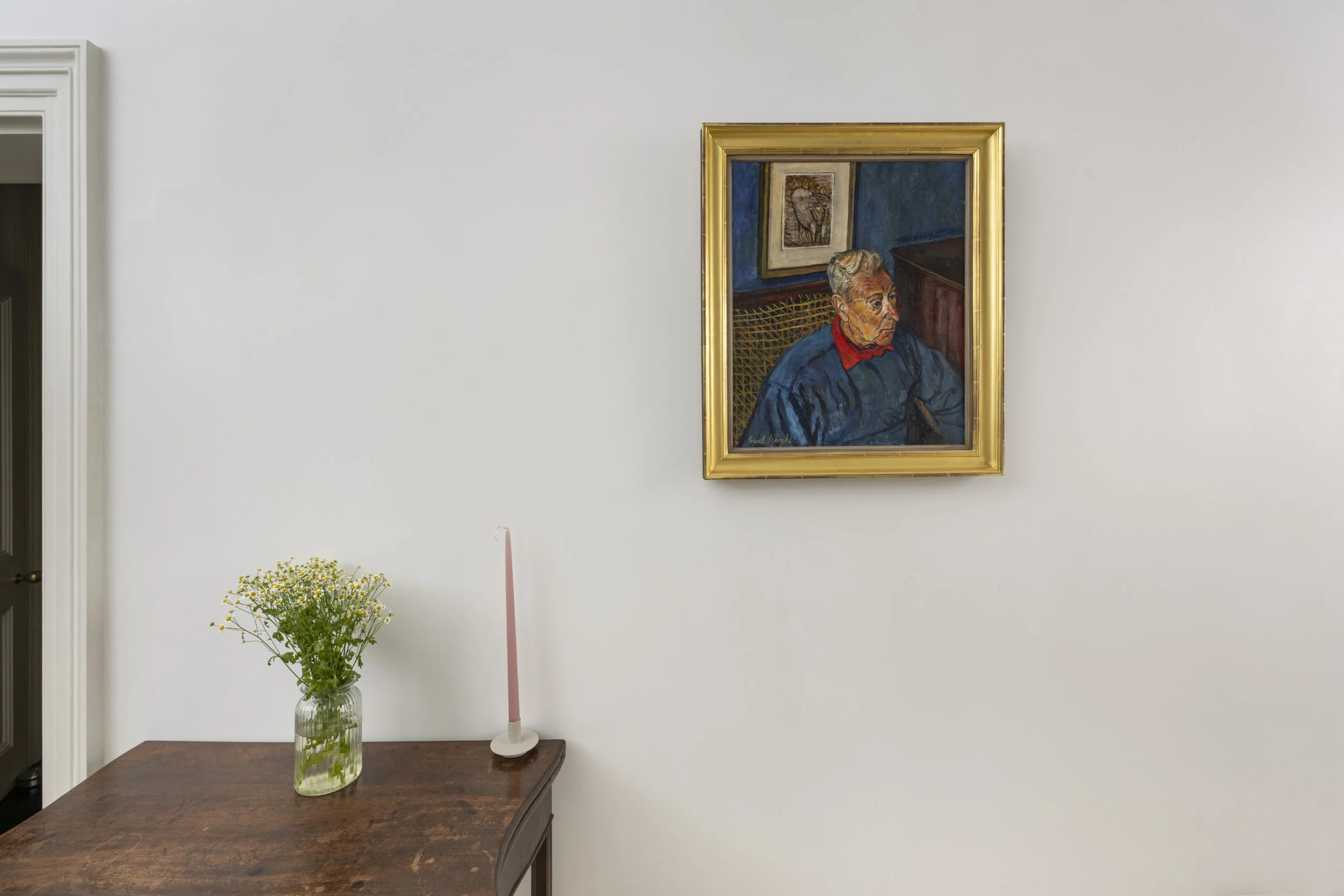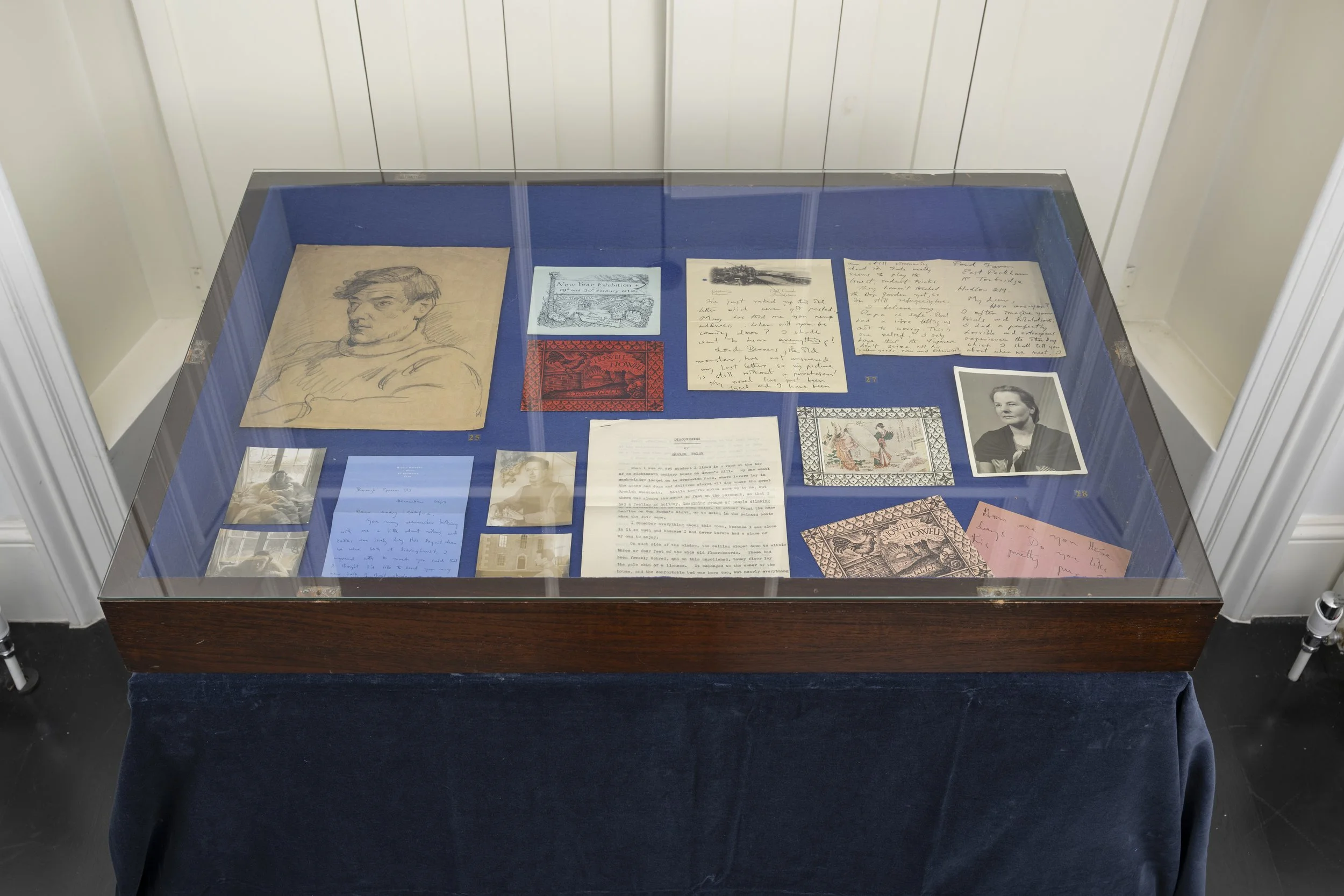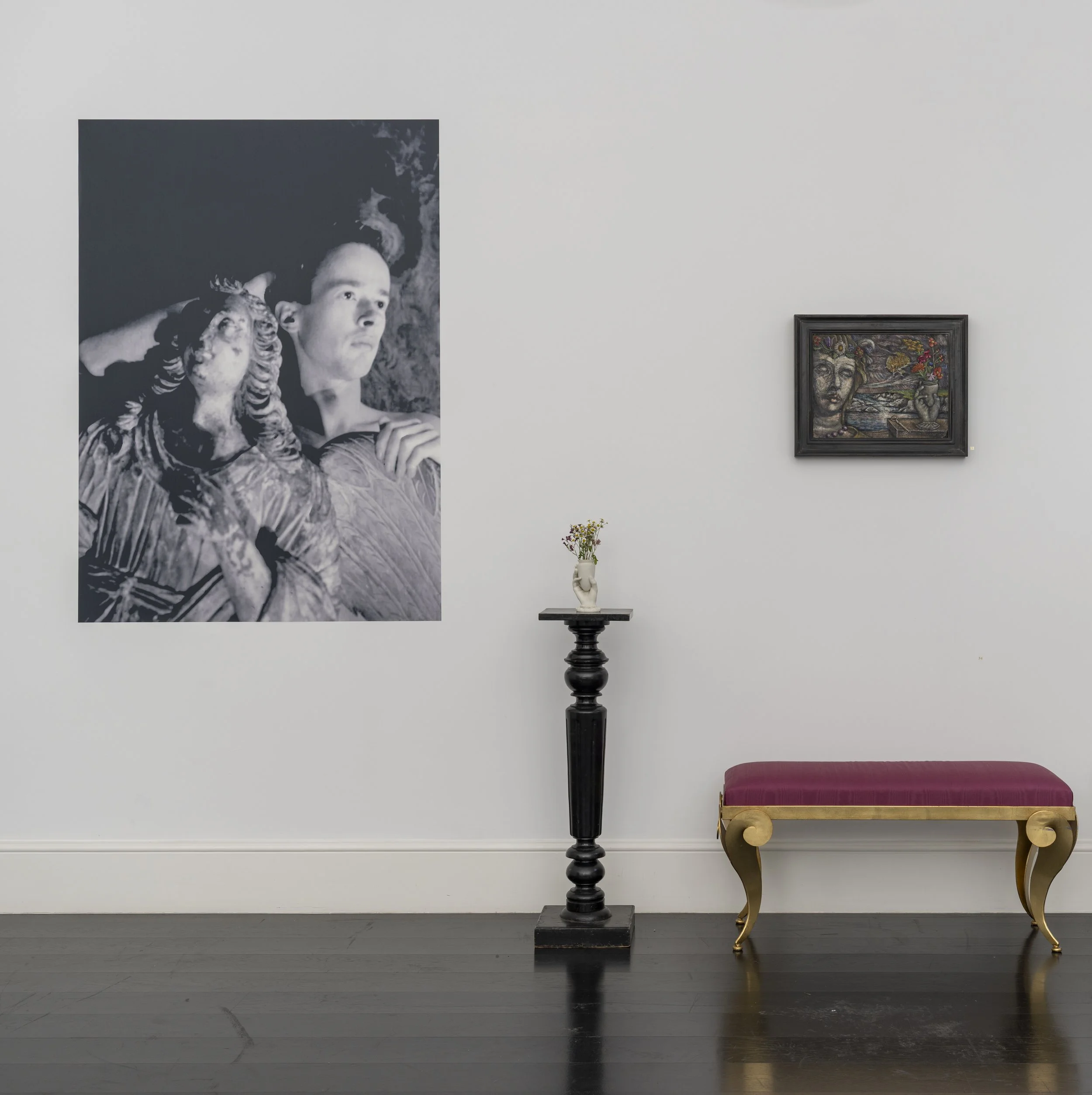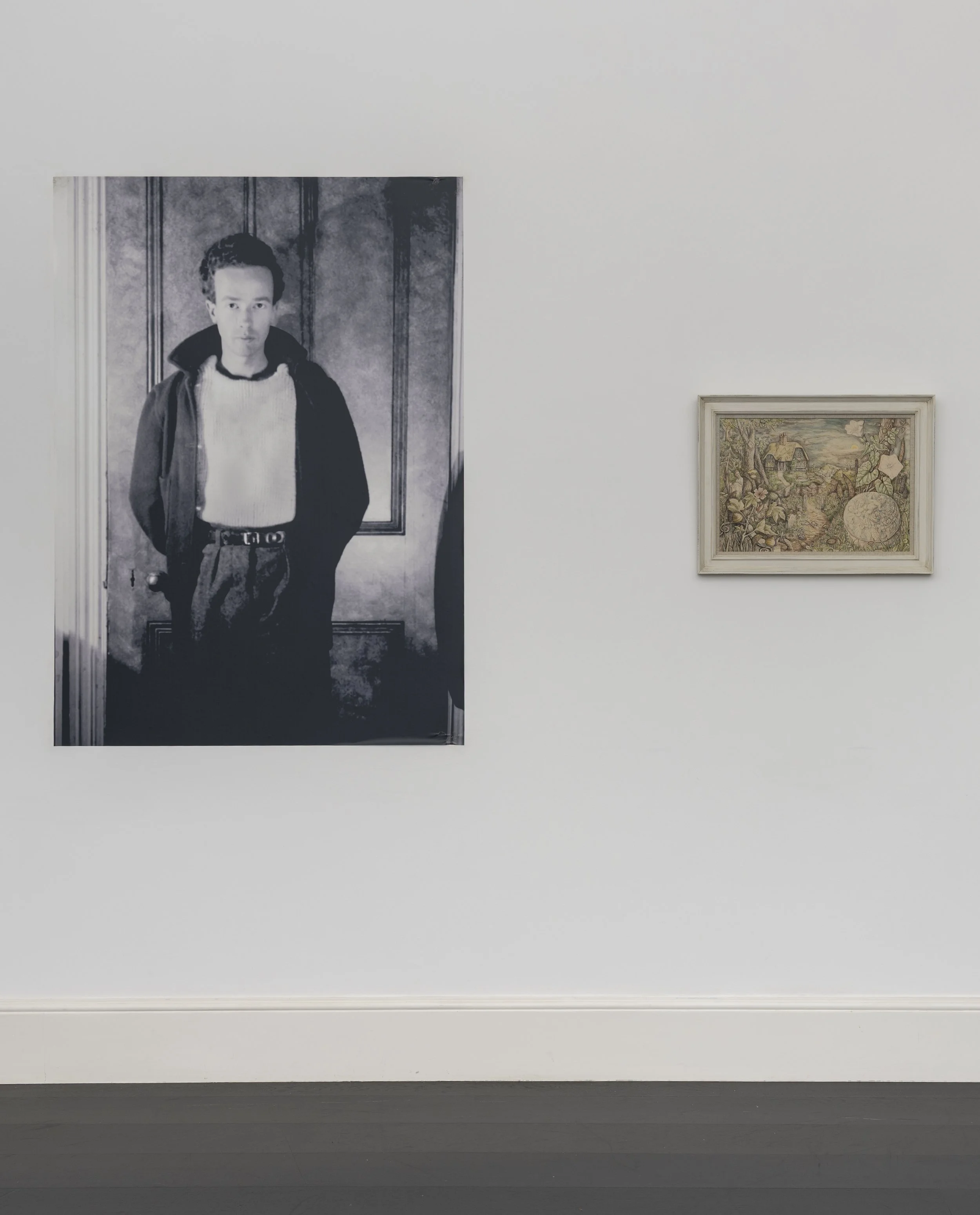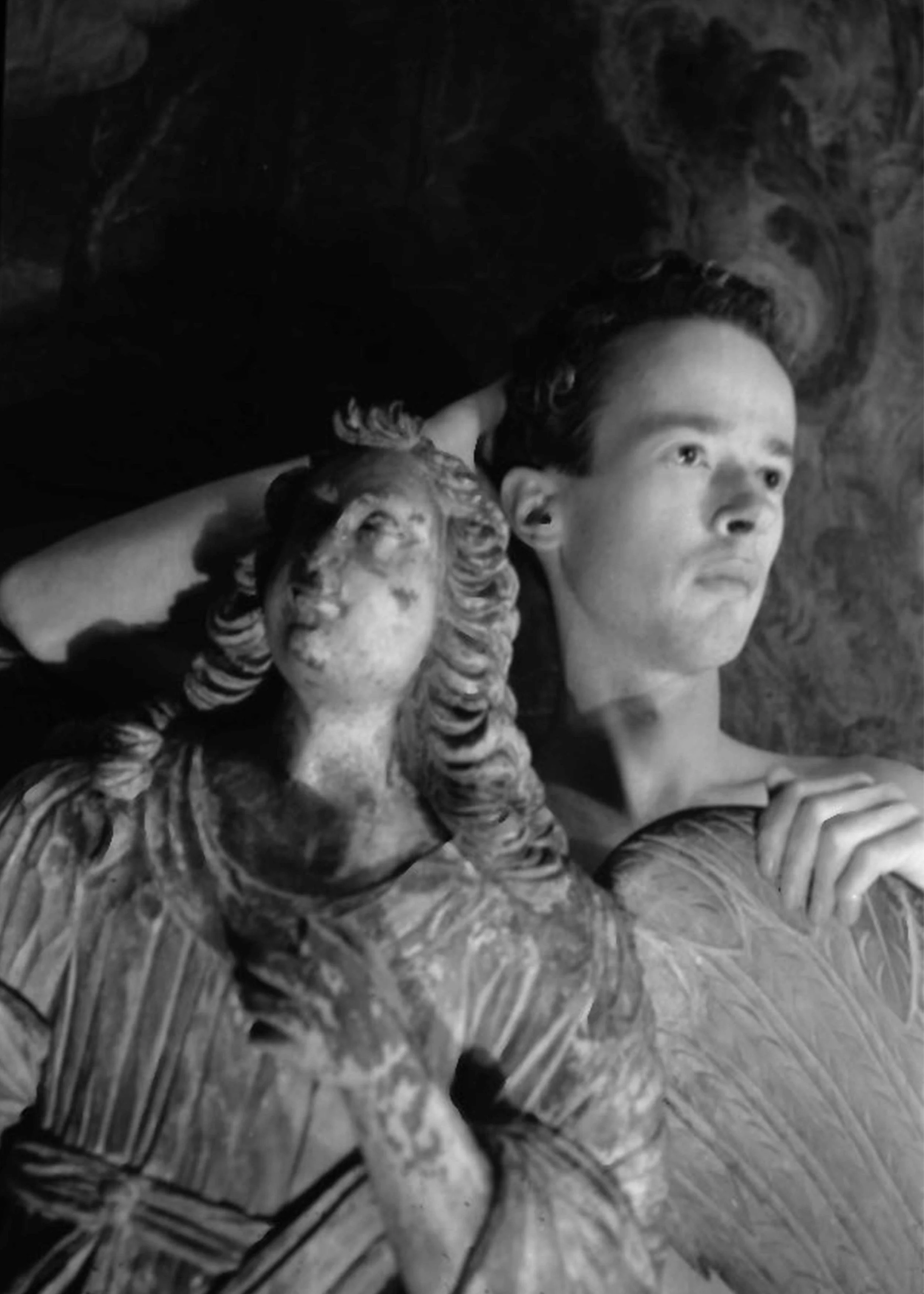Strange Discoveries
The Art of Denton Welch
10-30 October 2025
11am-5pm (including Saturday and Sunday)
11 Fitzroy Square
London W1T 6BU
For exhibition details please click here
This exhibition, the first dedicated to Denton Welch’s art in over forty years, will uncover the rich tapestry of his life and work, from the introspection of his early portraits through to the mystical, Baroque still lifes and landscapes of his later years. Bringing together paintings, drawings and sculptures, the exhibition will reveal Welch’s important place in the British art scene in the first half of the Twentieth Century. Included in the collections of the Tate, the British Museum and the National Portrait Gallery, Welch’s art can be compared to his Neo-Romantic peers, not least John Minton and the ‘Two Roberts’ (Colquhoun and MacBryde), and he was frequently exhibited at the Leicester Galleries, London, during his lifetime.
To celebrate the importance of Denton Welch to artists working today, a newly commissioned painting by artist Luke Edward Hall, who has found inspiration in Denton’s painting, is included in the exhibition.
Please note, this is a pre-order for the second edition as the first has now sold out. Orders will be fulfilled in December.
Published on the occasion of Strange Discoveries - The Art of Denton Welch, this catalogue includes texts by Alan Hollinghurst, Simon Martin, James Cahill and Zorian Clayton.
Shipping option will apply automatically once address is entered. For territories not covered please email art@johnswarbrooke.com
Biography
Born in Shanghai in 1915 to a British-American family, Denton Welch was educated at Repton School. The story of his escape from Repton is the subject of his first semi-autobiographical novel Maiden Voyage (1943). He became a student at Goldsmiths School of Art in London from 1933 to 1935. In 1935 Denton was involved in a cycling accident near his home on Croom’s Hill in Greenwich. The lasting physical effects of the accident would ultimately lead to his death in 1948, at the age of 33.
Welch lived a semi-invalided life in the Kent countryside with his devoted housekeeper, Evelyn ‘Evie’ Sinclair, who remained with Welch at his different residences until May 1946. In 1943 Welch was introduced to Eric Oliver, who would become his lover and closest confidante for the final five years of his life. Welch’s tours around the landscape of wartime Kent provided on the one hand escapism, with Denton picnicking, visiting grottoes and stopping at tea shops, his art of the time filled with Arcadian landscapes and the many antiques Denton collected. And yet his art could not avoid reflecting the all-encompassing power of the war - from encountering servicemen and Italian prisoners of war to the German Doodlebugs flying overhead and the destruction left behind. His outsider status - as a gay man in a time when this was illegal, but also physically removed from society by his illness - is reflected in the rare, heightened sensibility in his art.
Welch’s novels received critical acclaim in his lifetime, not least from his greatest supporter Edith Sitwell, and he has since gained a cult following, since William S. Burroughs and the Beat Poets found inspiration in his work. His painting, however, has been overlooked in the context of twentieth-century British art. Denton continued to paint and draw tenaciously until the very end. In the art that emerges after the accident Denton transcends his difficult circumstances, creating painting, drawing and sculpture that reflect the intricate worlds of his novels. As Edmund White notes, ‘He had the power to generate interest out of even the most meagre materials. He had this gift from the beginning but suffering and illness refined it to a white-hot flame.’

